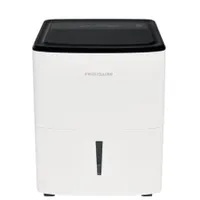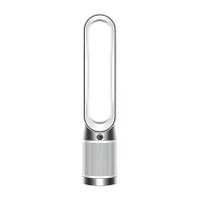7 things you should know before buying a dehumidifier
These expert tips will help you to choose a dehumidifier to suit your needs
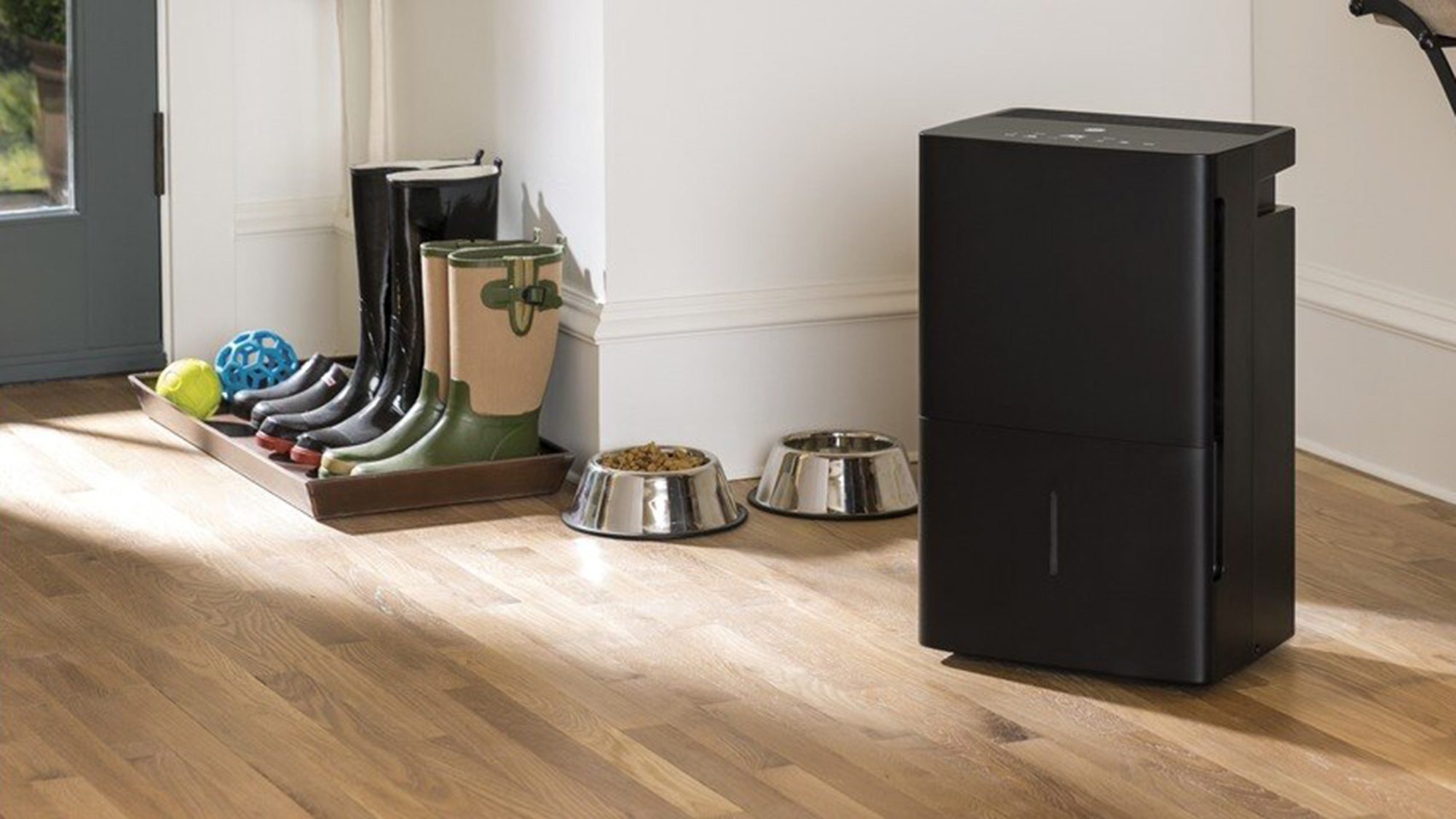
When it comes to buying a dehumidifier, the abundance of options can feel overwhelming. You can pick from one of the best dehumidifiers because they’re tried-and-tested, but it’s also good to know why you’re choosing a certain model and what that model can do for you and your home. That’s why we’ve asked industry experts for their buying advice on everything you should know before buying a dehumidifier and the difference between other air care products on the market.
Dehumidifiers are predominantly used for removing excess moisture in your home and reducing the chance of needing to know how to remove mold from your home. They can also be used for drying clothes, cleaning air, and reducing allergies. Depending on what you’re after - from features, to size, to type, to budget, to energy efficiency - we’ve got you covered below. Read on for the expert-approved tips for buying a dehumidifier.
1. Find a match for your room size
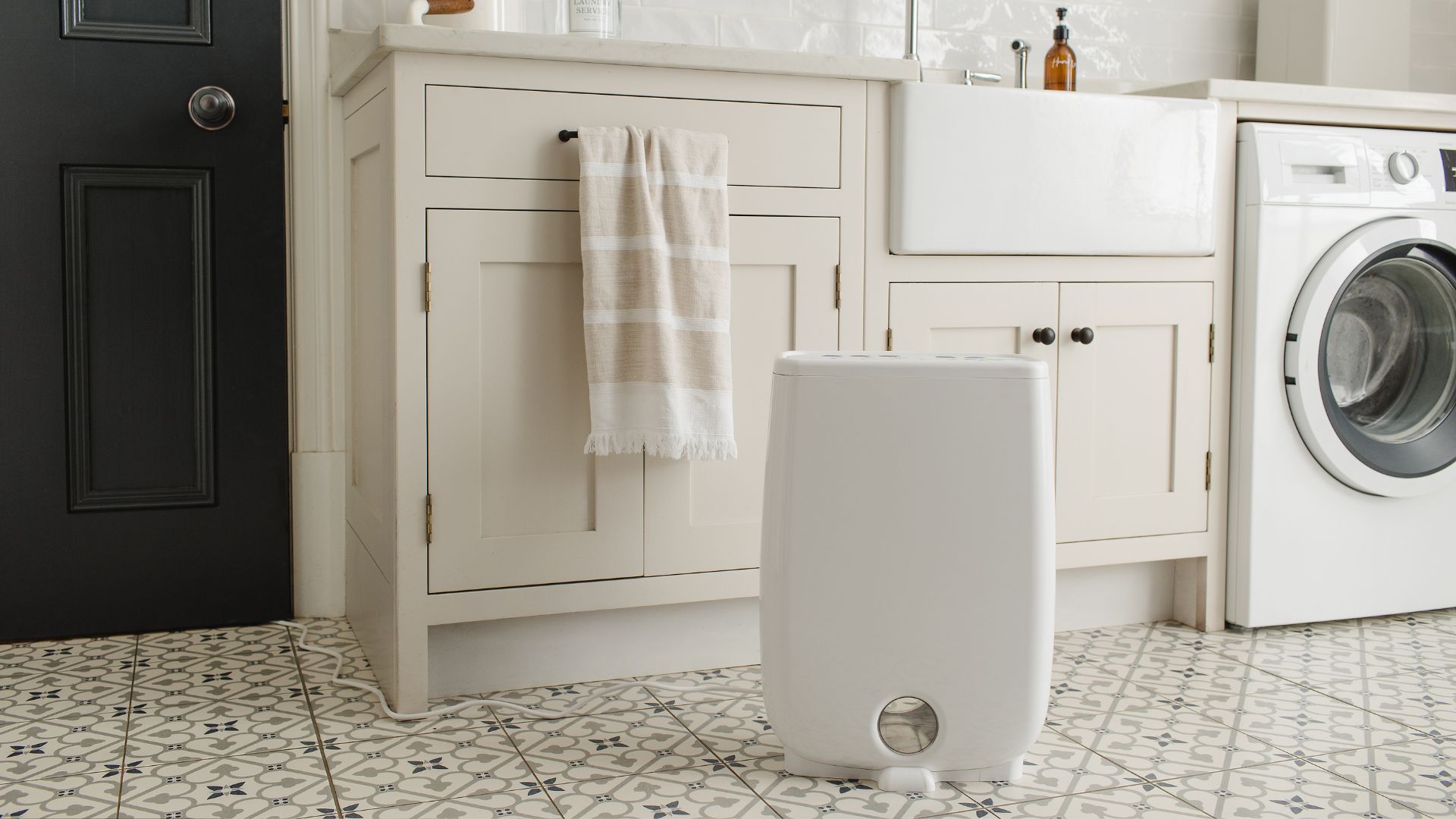
Dehumidifiers come in a variety of sizes. To make sure you’re choosing the right dehumidifier for the space you have, you’ll need to consider a few things.
“It’s important to pick an appropriately sized dehumidifier for the area you need," Marc Duckworth, Product Manager at Product Care Group for Russell Hobbs, said. "If you pick one that is too small for the area, it won’t be able to reduce humidity fast enough.”
It also depends on what task you want your dehumidifier to do. “A smaller unit may be perfect for drying clothes but may not effectively tackle larger problems such as rising damp or bigger spaces,” as Clark Lambert, Senior Buyer at Avalla said. Simply put, the larger your home and needs, the more powerful a unit you’ll need.
Frigidaire 50-Pint Smart Dehumidifier: now $229 @ Amazon
One of the best dehumidifiers we've tested, the Frigidaire FGAC5044W1 has an excellent 50-pint capacity and advanced smart connectivity for automation and voice control via Alexa or Google. You can operate it remotely via the app, set the target humidity and receive notifications when the bucket is full.
2. Consider humidity levels that suit you
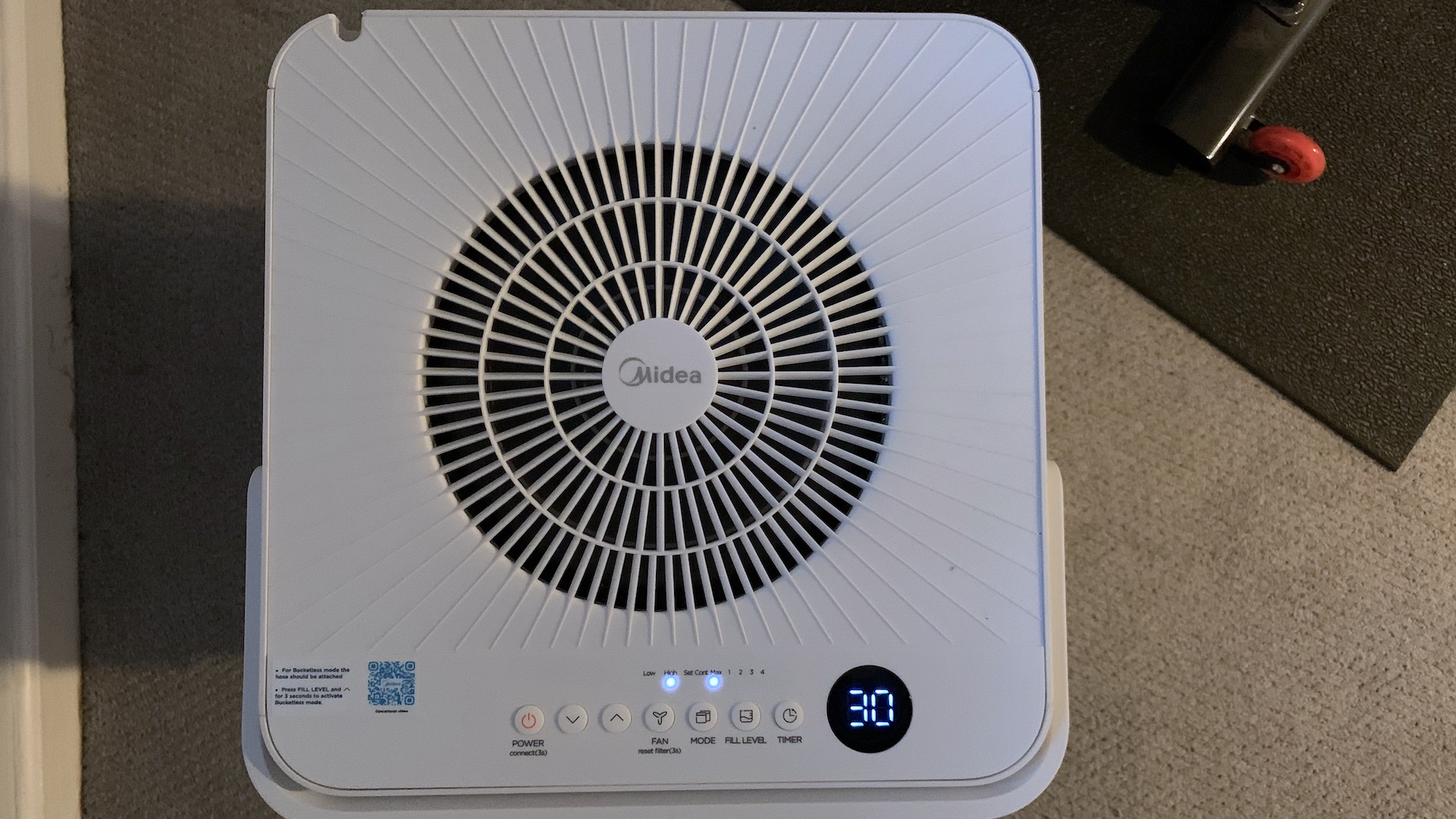
One of the common mistakes people make with dehumidifiers is setting the humidity level wrong, or not setting it at all, so understanding humidity levels when buying a unit is important. Setting it correctly will keep your home comfortable and prevent mold growth.
When considering which dehumidifier to buy then, Rachel Lee, US Marketing & Sales Manager at Whynter says that it’s important to “assess the humidity level in your home or specific room. You can use a hygrometer to measure this.” Alternatively, many of the best water leak detectors can also measure humidity levels. She adds, “For areas with high humidity levels, you might need a more powerful dehumidifier.”
Get instant access to breaking news, the hottest reviews, great deals and helpful tips.
Lambert also says humidity can be helpful, depending on the person’s needs. “Be aware of the optimal humidity conditions recommended for your health. This varies from person to person so be sure to take into consideration any health requirements such as asthma."
3. Compressor or desiccant?
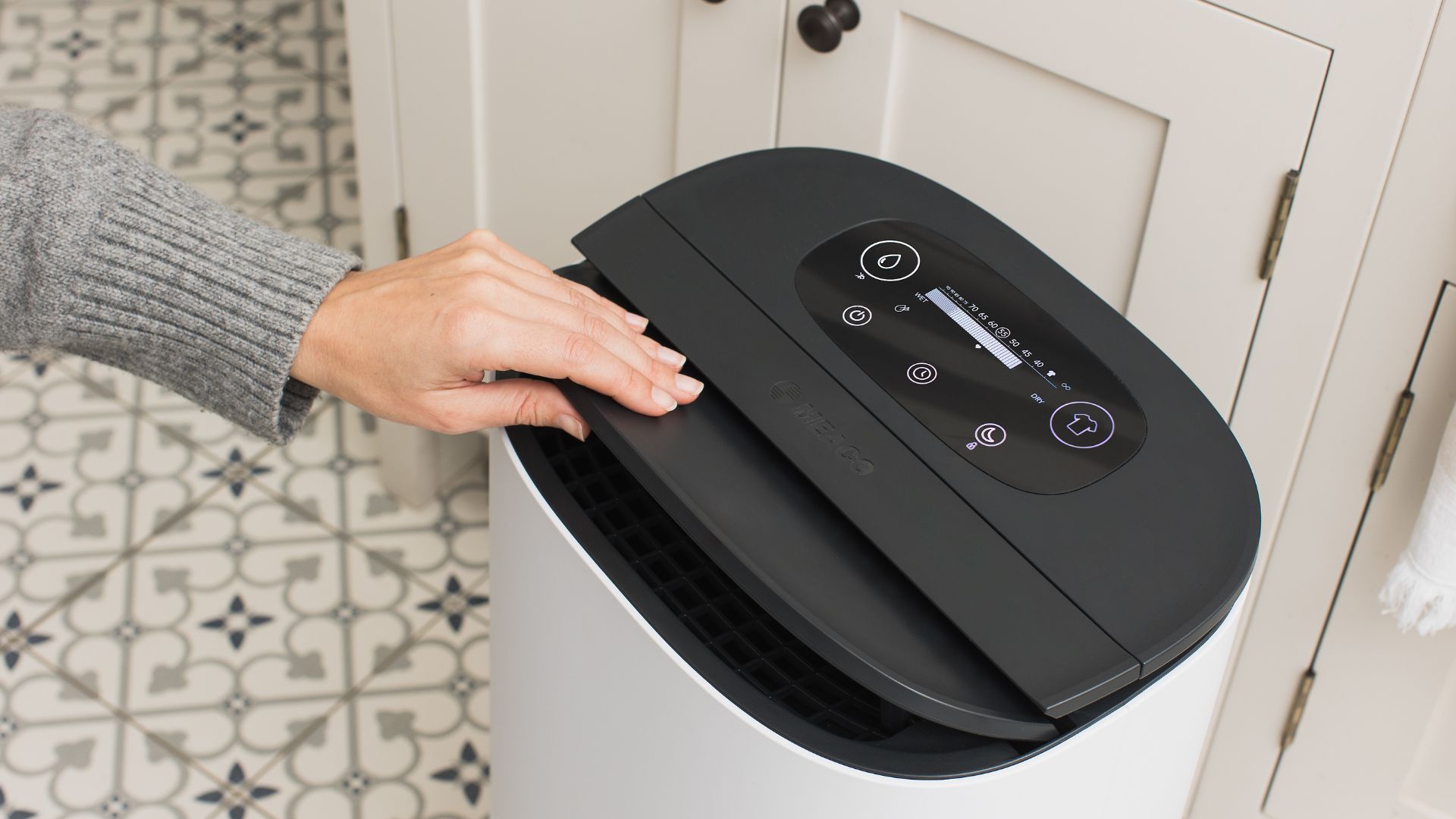
You’ll notice when choosing a dehumidifier that they commonly come in two types - compressor or desiccant. While neither are a bad option, they excel in different areas.
“Desiccants are more efficient at lower temperatures, which makes them suitable for unheated rooms such as garages, basements, or utility rooms,” Chris Michael, Managing Director of Meaco, said. “If you intend on using a dehumidifier inside the house at normal household temperatures (typically between 68 and 74 degrees Fahrenheit) then a compressor type is more suitable as its condensing technology is more energy efficient at these temperatures.”
So, if the space is warm, stick to a compressor, and if it’s cold, choose a desiccant. It’s also worth checking the decibel rating of the unit, as compressor dehumidifiers are commonly louder when running than desiccant ones.
4. Dehumidifier or air purifier?
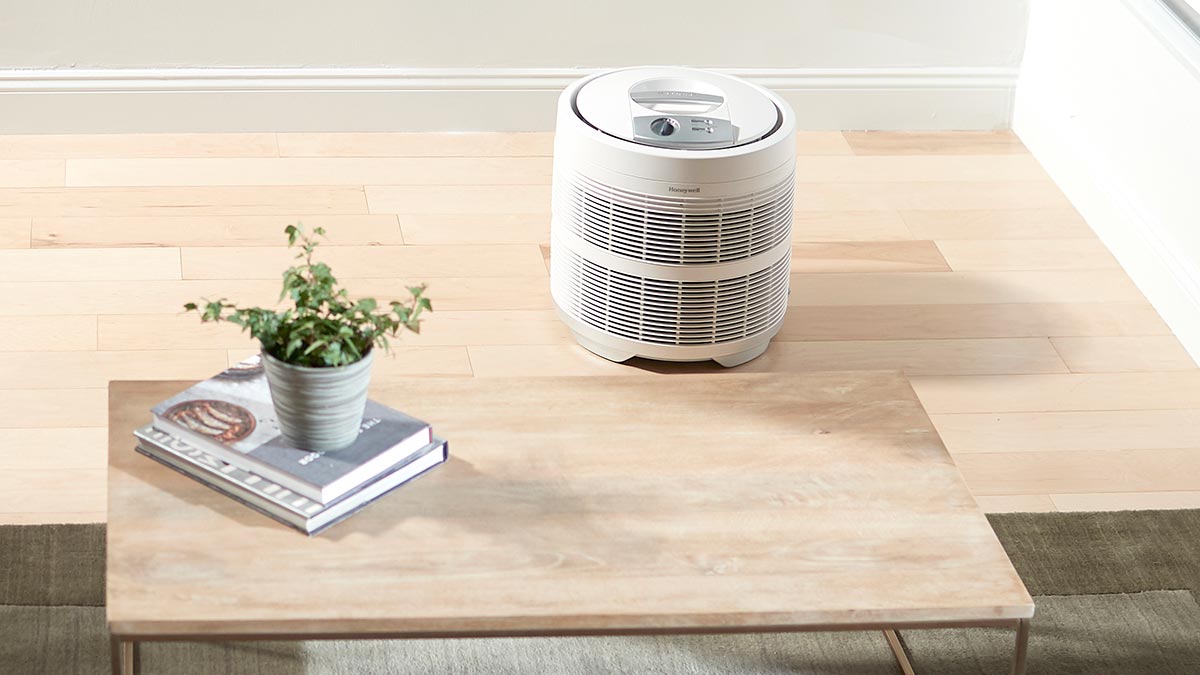
Depending on your needs, you may be considering buying a dehumidifier or one of the best air purifiers, or both. They differ in their uses with air purifiers focus specifically on cleaning the air, while a dehumidifier’s main task is to focus on humidity levels and removing excess moisture.
If you can’t decide, some brands, like Meaco, sell a dual dehumidifier that comes with a HEPA air purification functionality, meaning you can save money by not having to buy a separate air purifier.
“If anyone in the home suffers from allergies, a dual-use model will significantly improve their symptoms and the overall air quality in the home," Michael said. "HEPA filters remove and trap at least 99.97% of any airborne particles with a size of 0.3 microns (µm), which can include dust, PM 2.5 particles, pet dander, pollen, viruses, mold, and bacteria.”
Dyson TP10 Purifier Cool: now $299 @ Amazon
Dyson air purifiers have an iconic design and a steep price tag to reflect the technology. However, you can often find these on sale at Amazon. It comes with a remote control, but you can also use its app-connectivity to operate and monitor its effectiveness. There’s a useful night-time monitors as well which will dim the display.
5. Choose your features
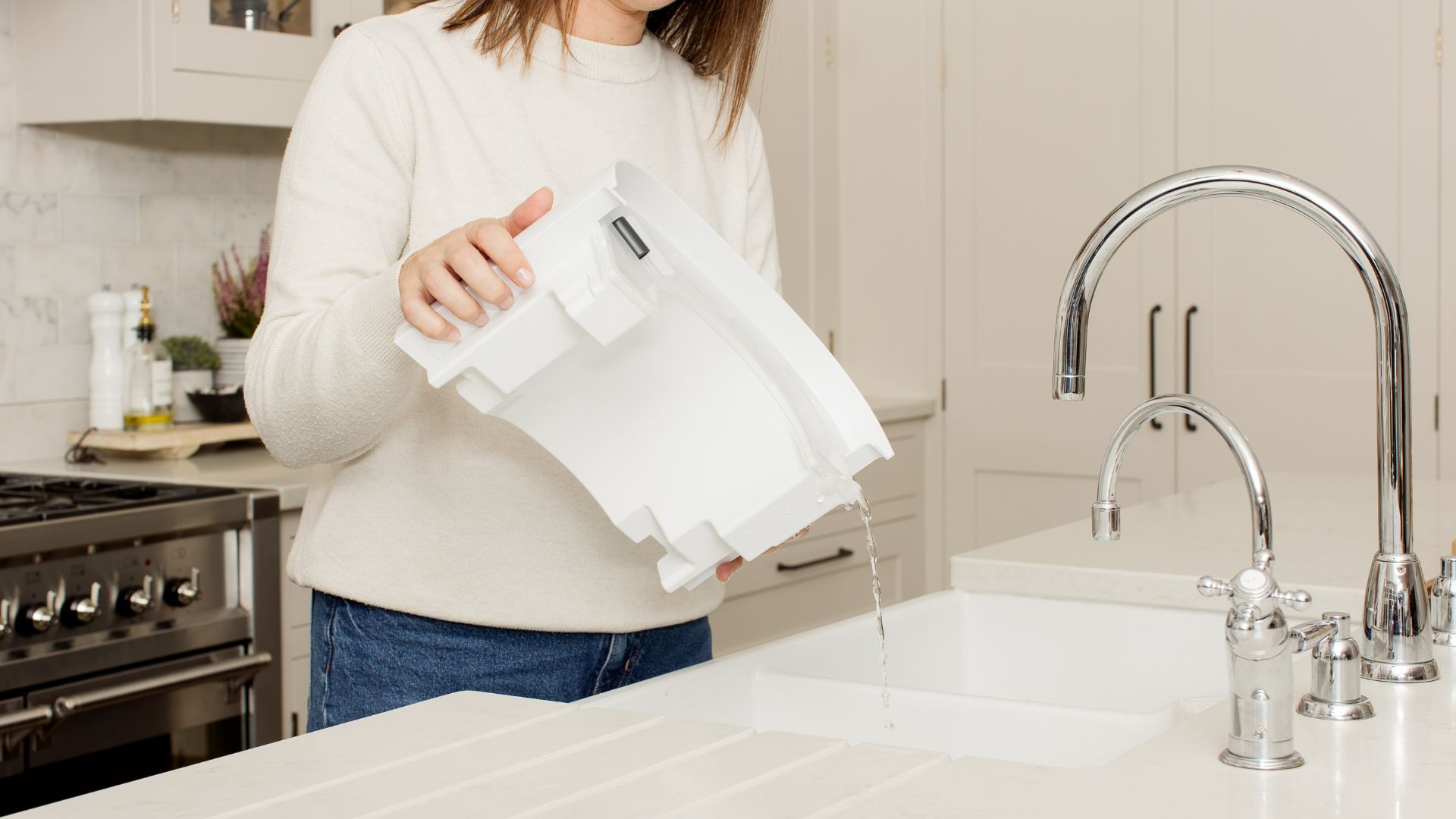
While there’s a lot of dehumidifier models on offer, they also come with a wide range of features to choose from. Some might have a night mode, a turbo mode, or let you control them via a smart assistant or with your phone. If you have a dehumidifier that needs to run often, you'll want to consider one that can drain into your sink or down a drain, so you're not constantly dumping out buckets of water.
"Dehumidifiers have come on leaps and bounds to the often noisy appliances they once were," John Knight, Managing Director for Daewoo Electricals said. "However, if you are using a dehumidifier in a quiet space such as a bedroom, it is best to research a quiet model so as not to disrupt your sleep."
6. Consider your budget

As with any home purchase, you’ll want to consider the budget you’re looking to spend on your dehumidifier and what you can get for your price range. But before you buy a dehumidifier, it's best to find out why that area is so wet.
"Before you rush out to buy a dehumidifier, it is definitely wise to check any problems that are creating excess moisture," agrees Michael. "If you have any external issues with drainage for example, the most effective dehumidifier in the world will struggle if there is just too much moisture in a room."
It’s worth then considering every point on this list before spending your money to make sure you’ve got a unit that’s large enough, or small enough, for your home, has the features you need, can achieve the humidity level you want, and can run is a cost-effective way to make your initial spend worth it.
7. Research energy efficiency
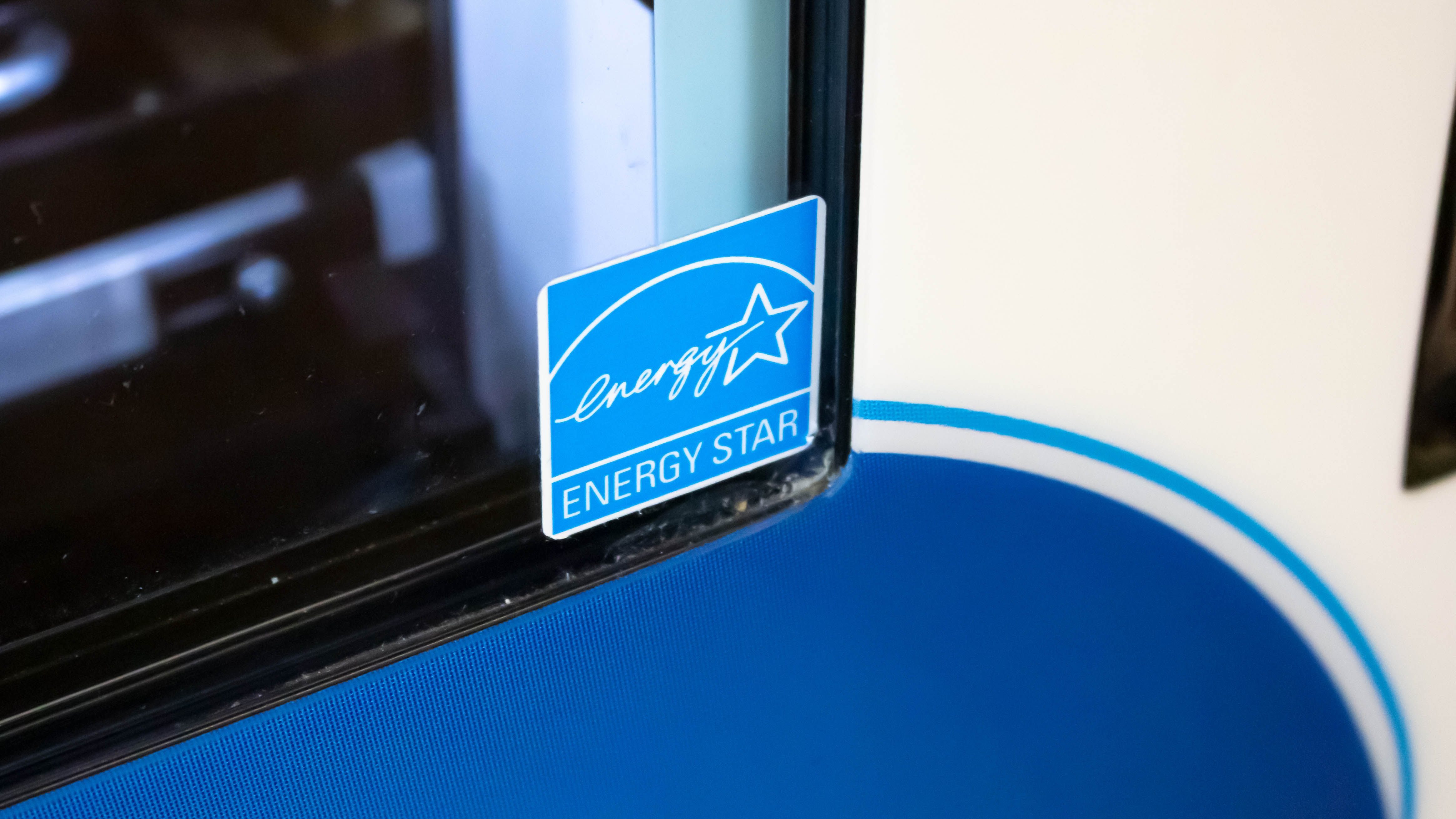
You may be worried about the energy efficiency of running a dehumidifier in your home for both cost and environmental reasons.
“Check the Energy Star rating of the dehumidifier," states Lee. "Energy-efficient models can save you money on electricity bills and are better for the environment.” Some models even label themselves as low energy.
Other factors such as considering how to clean a dehumidifier, setting up the unit correctly in the first place, and setting up the humidity levels for energy saving are all things you should look into.
While you may feel like you’re spending more initially, you may be saving money on the overall cost of your home by preventing mildew and mold problems.
More from Tom's Guide
- The best dehumidifiers - and how we picked
- This smart dehumidifier was a godsend after hurricane Ida hit my friend’s basement
- 5 reasons your home needs a dehumidifier this summer

Grace is a freelance journalist working across homes, lifestyle, gaming and entertainment. You'll find her writing for Tom's Guide, TechRadar, Space.com, and other sites. If she's not rearranging her furniture, decluttering her home, or relaxing in front of the latest streaming series, she'll be typing fervently about any of her much-loved hobbies and interests. To aid her writing, she loves to head down internet rabbit holes for an unprecedented amount of time.
